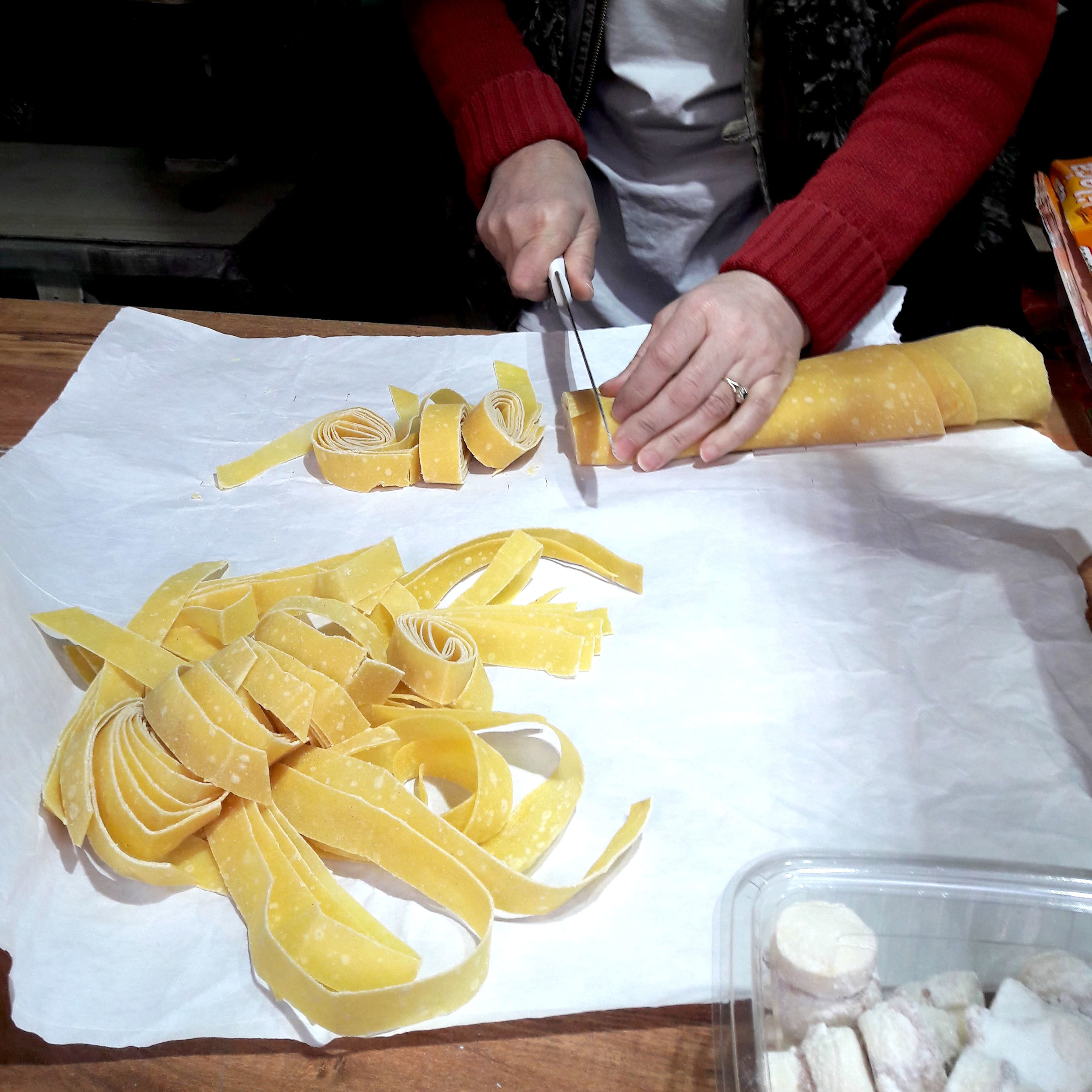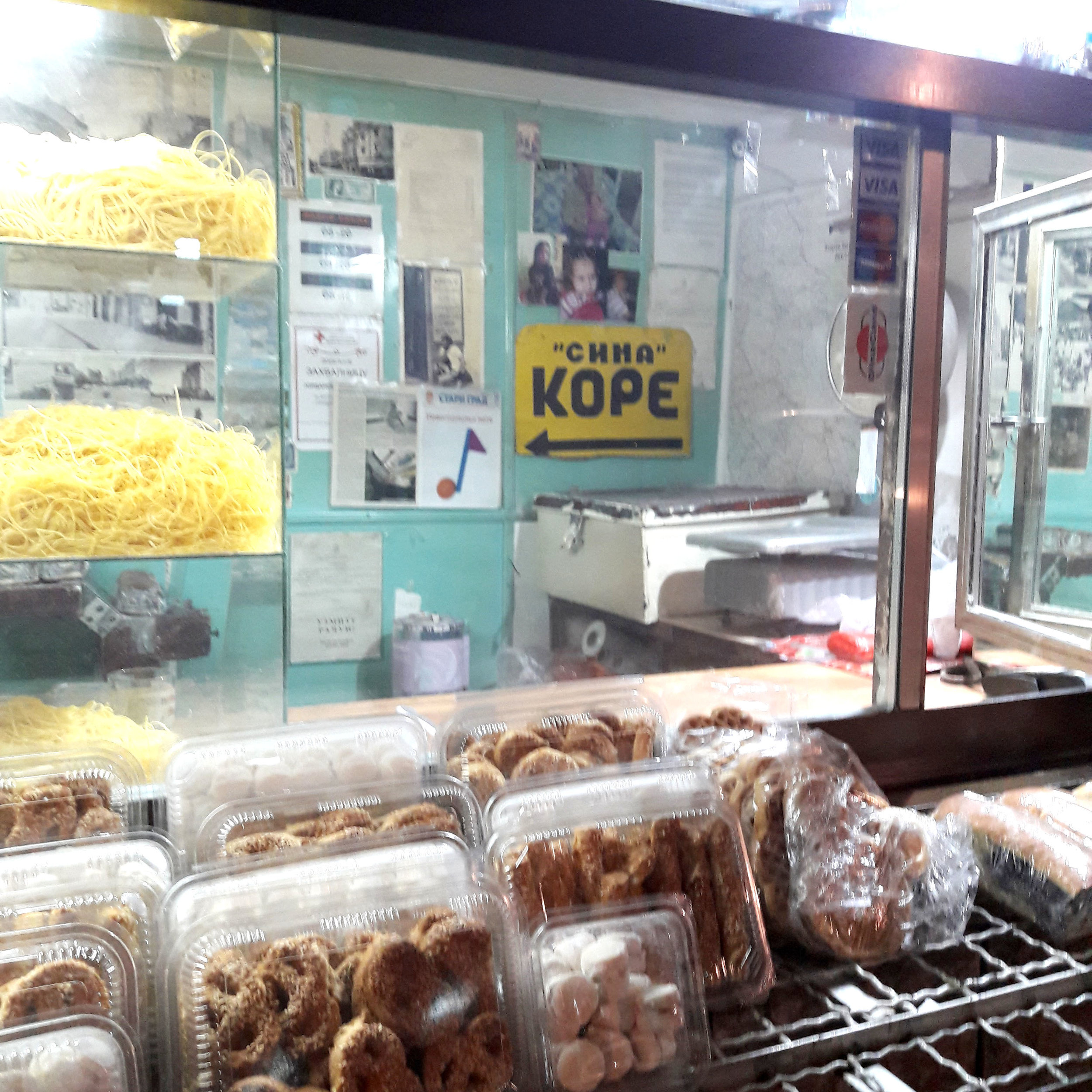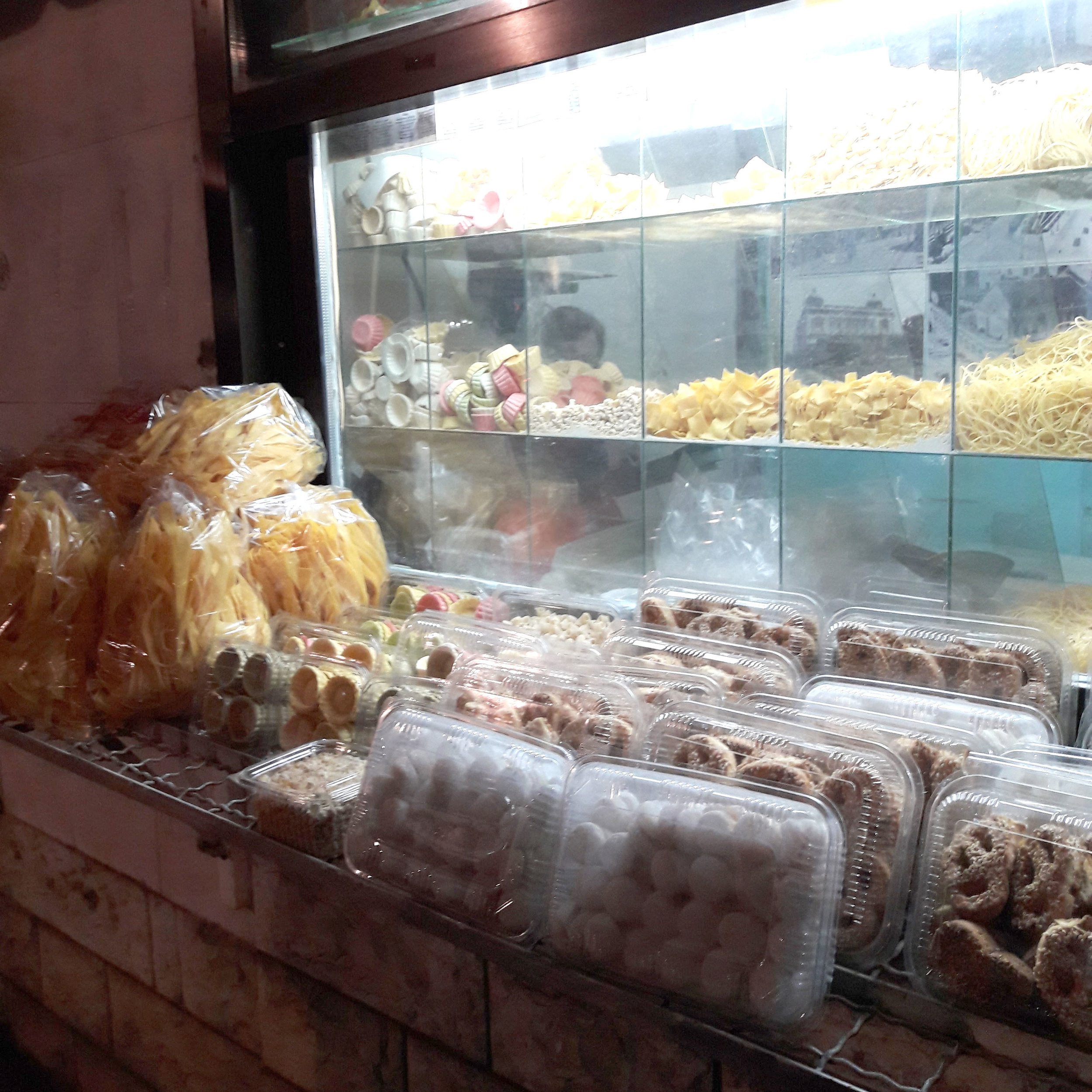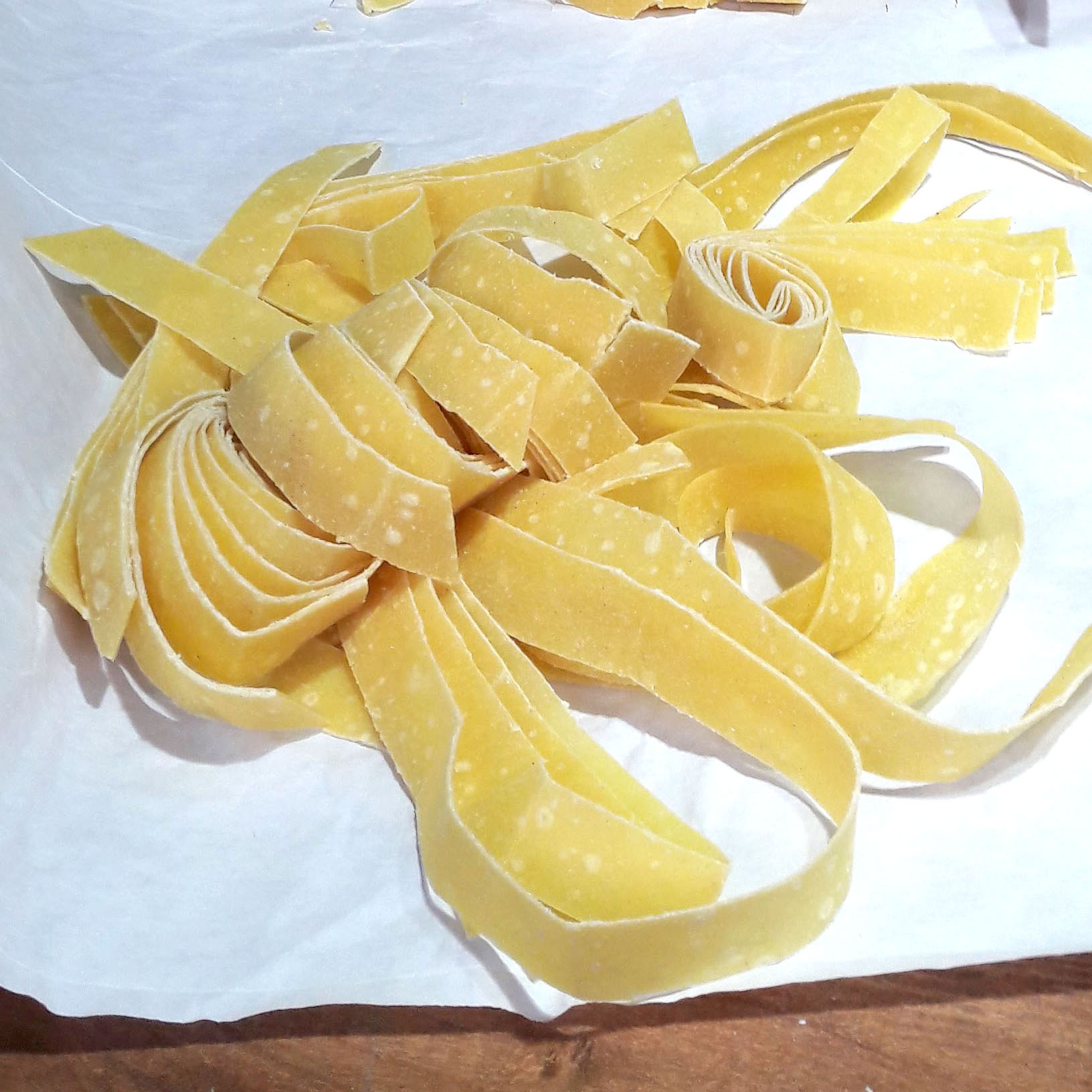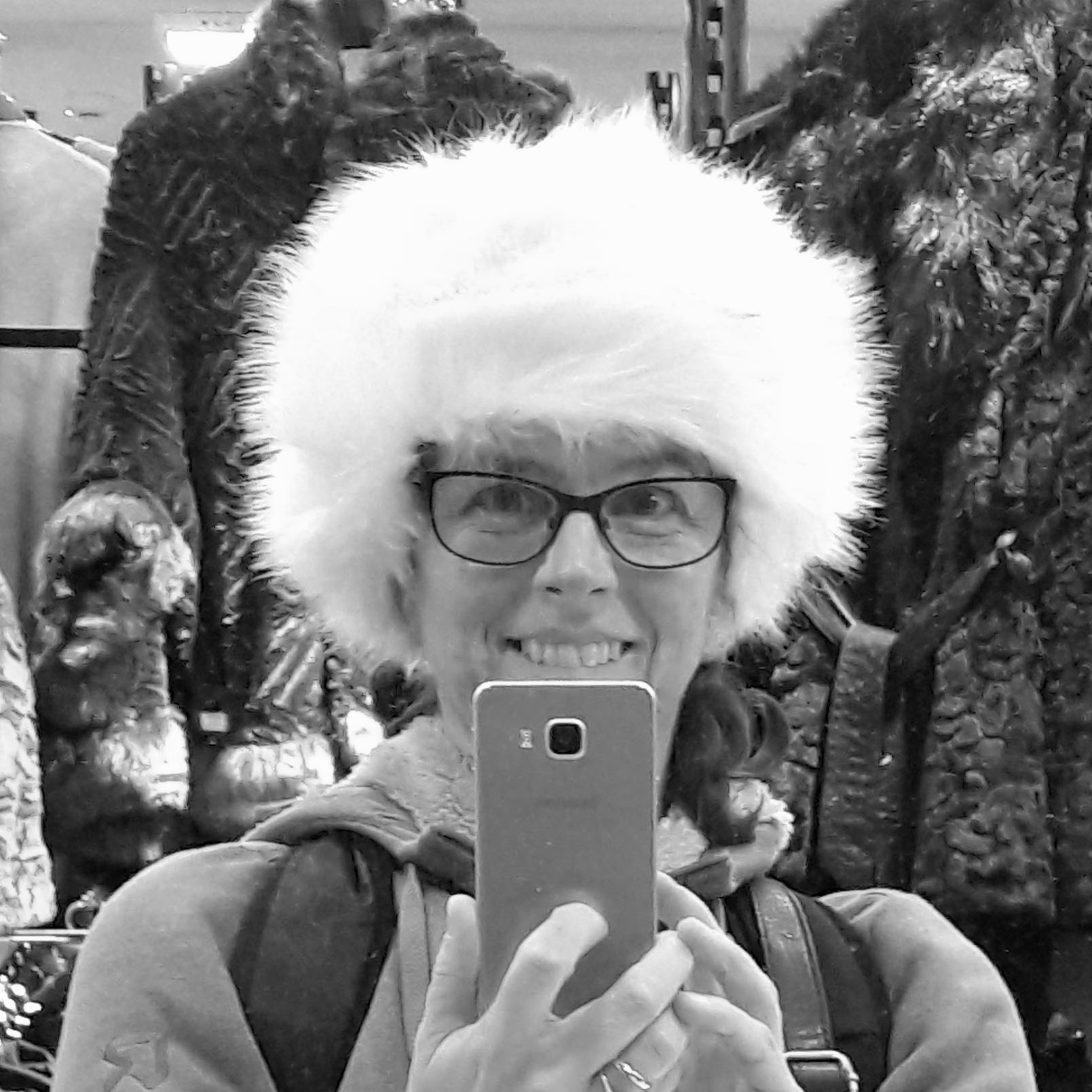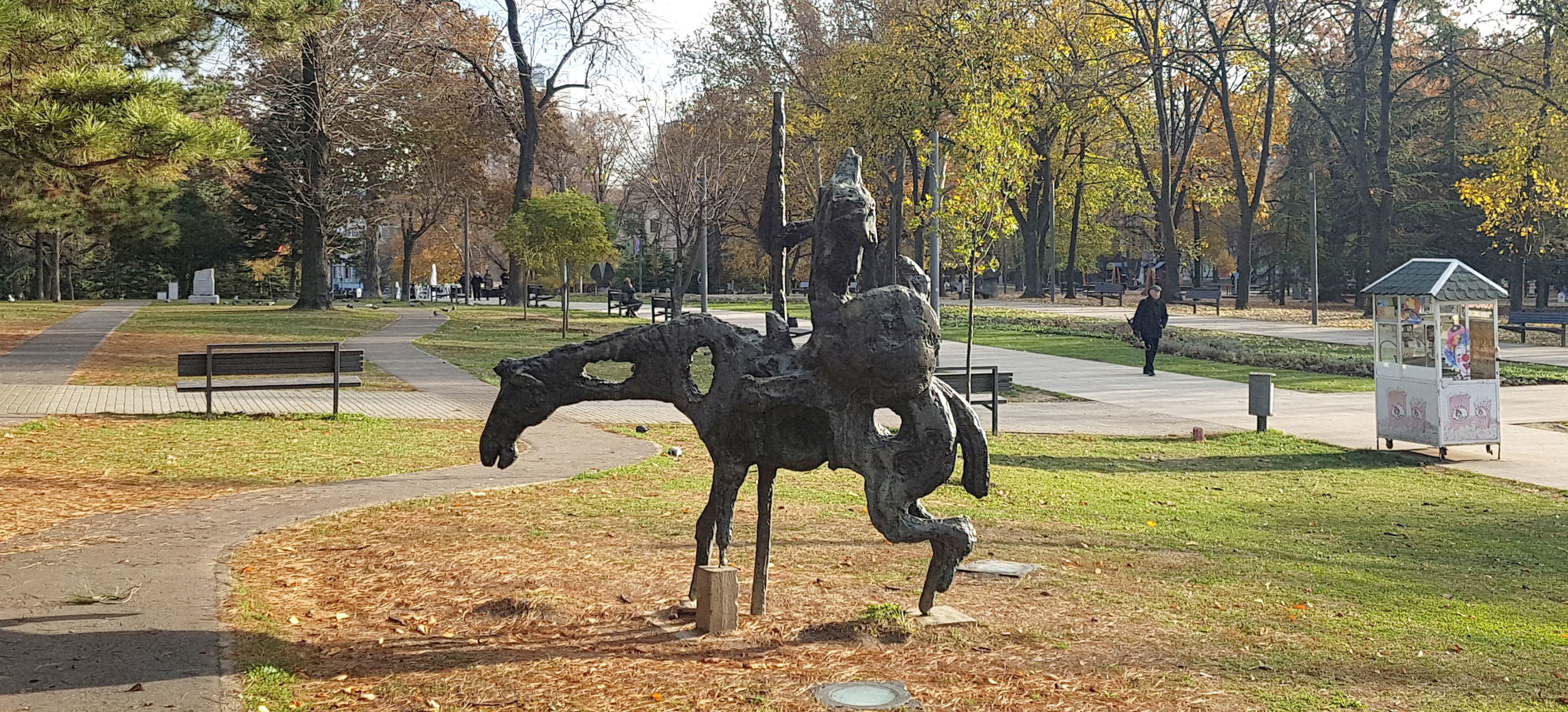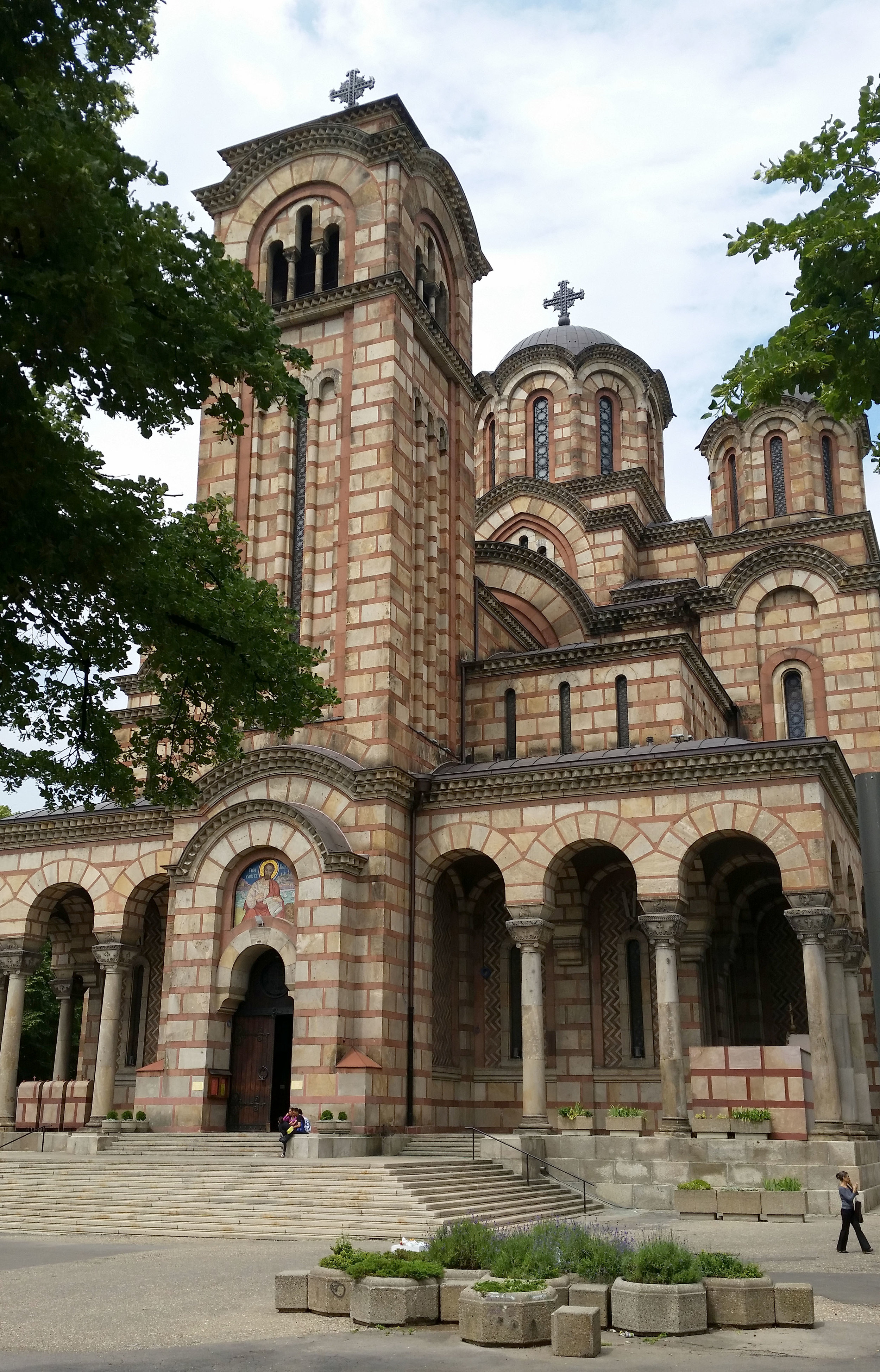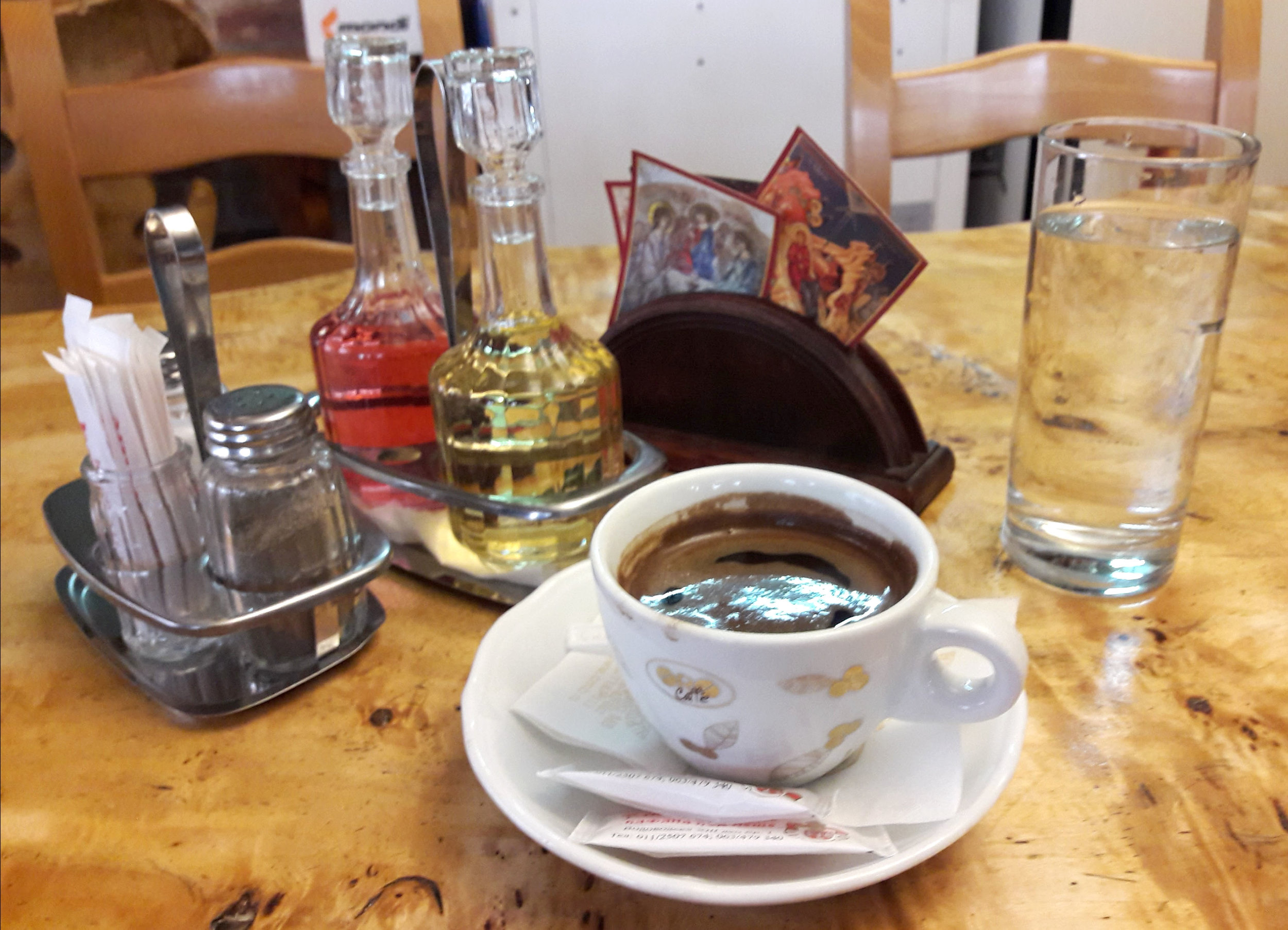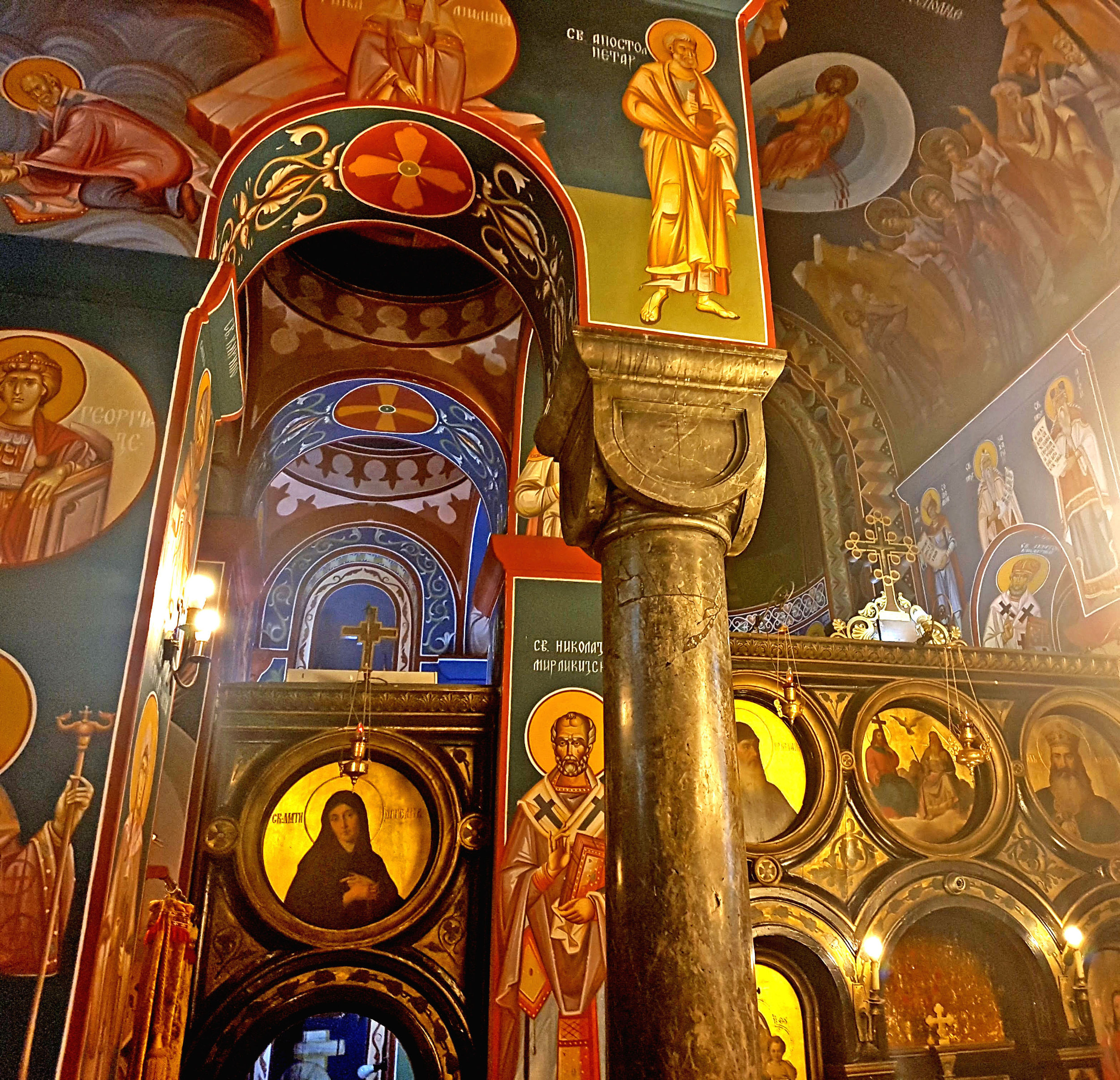My husband, Dragan, who is a native Serb, our 10 year old son, Aleks and I have embarked on an adventure, by moving to Belgrade from England for 8 months. These are excerpts from my weekly diary.
A bit of a Squish with the Belgrade Philharmonic Orchestra
Harry Potter film music played by the Belgrade Philharmonic Orchestra [2]
Serbia is a very musical country - people love singing here. Just turn on the TV and you're bound to find a programme with live music, often with singers crooning beautiful Serbian songs. or perhaps a recital, or a wedding band playing 'Kolo' [1] music. The 'Kolo' is a traditional Serbian dance and at a 'svadba' (wedding), everybody joins hands to form a circle/line that threads all round the dancefloor and between the tables. The steps are simple, but delicate and stylish and it looks very beautiful as the dancers move around the room. The music is instrumental, usually with accordions, violins, keyboards and drums and it is lively, rhythmic and exciting.
So, we were lucky enough to see the Belgrade Philharmonic Orchestra, conducted by Aleksandar Kojić, at the weekend. The orchestra gave a free children's concert at 'Kolarac' concert hall [3]. The idea behind the concert was to give the audience a guide to the orchestra through John Williams' Harry Potter film music. Narrated by Branislava Podrumac, (who was dressed as Harry Potter), the orchestra played excerpts from the score to highlight various sections of the orchestra, including the harp, the celeste and guest recorder players. (Williams cleverly included a typical school instrument, the recorder, in his music)
We got there early, but not early enough, as the auditorium was completely full, and kids were also sitting on extra chairs, sitting on the floor and on parent's laps. And still people kept arriving... We were about to give up, when we found a small space to stand and a kind mum offered Aleks a seat. Don't even ask about fire exits or health and safety!
It was a wonderful concert, despite being squashed and Aleks loved it. Talking about getting squashed...
My take on personal space in Belgrade
Not sure the notion of personal space exists in Belgrade, well not my British version anyway. If two people in Britain bump into each other, then they usually both apologise. We even keep a reasonable distance in our famous queues and the skill with which people in Britain keep their personal space on a crowded underground train in London is breathtaking. I have discovered that if I go out in Belgrade and am already in a grumpy mood, the amount of people that will bump my bag, nudge we out of the way, push past me and generally ignore my notion of personal space will send me nearly over the edge! I have come to realise that this is normal and quite acceptable - how else is anyone going to get anywhere? So, I no longer feel aggrieved, and I had no need to feel that way anyway. Serbs are extremely polite, but they don't waste time on unnecessary apologies. It also saves energy I believe. I have even become more cunning when queuing at the supermarket checkout, I have been known to push past someone who is a little slow on their way to the queue. My apologies if it's seen as rude! (can't help apologising!)
What do I do when I'm not blogging?
Over the last week, I have been busy getting some artwork ready as I am going printing soon at a print workshop called Centar Za Grafika (Printmaking Centre) [4] in Belgrade. I have designed some small images of Belgrade, including some traditional Serbian folk dancers performing the 'kolo' and here is a video of me cutting the design out on a lino plate. At the print workshop, I plan to ink up the lino plate and run it through the press with posh paper. The design will then be transferred to the paper. The end result will appear in my next blog-post!
How's your Serbian?
I promised one of my readers a new Serbian word to learn each blog-post. So here goes, the next Serbian word, well phrase actually, is 'kako si?', meaning 'how are you?'
[1] https://en.wikipedia.org/wiki/Kolo_(dance)
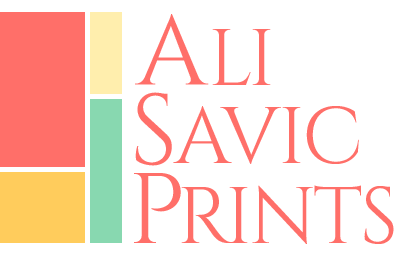

![Harry Potter film music played by the Belgrade Philharmonic Orchestra [2]](https://images.squarespace-cdn.com/content/v1/58dbf3a7893fc01cfcc6fa0a/1516128065542-LQH7MUGYBY0DS44MIRHG/Belgrade+Philharmonic+H+Potter+Concert+3.jpg)
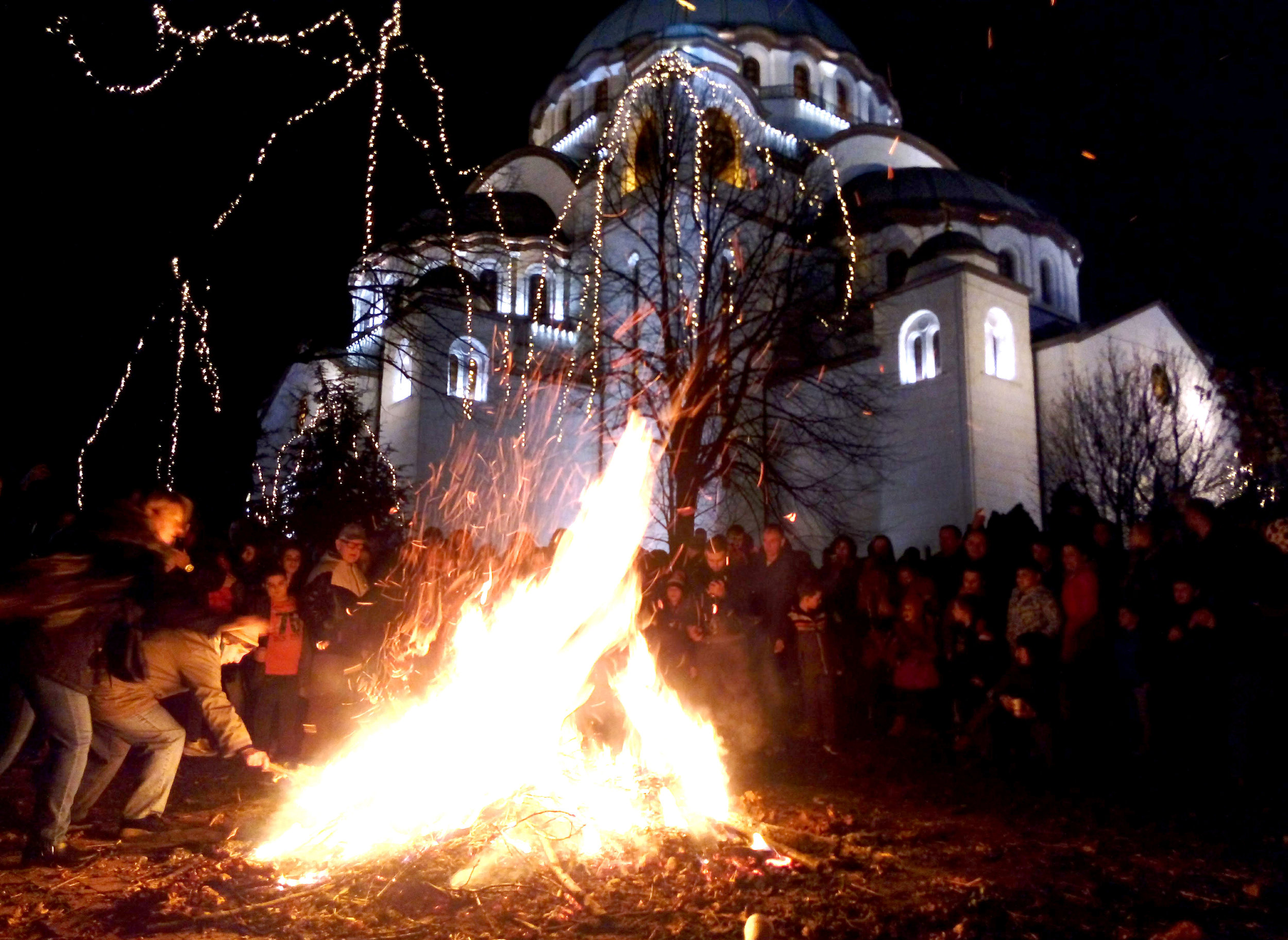

!['Belgrade in Winter', photo-etching by Ali Savic [4]](https://images.squarespace-cdn.com/content/v1/58dbf3a7893fc01cfcc6fa0a/1515516699559-3F61V19KE0TCOKEW1L0T/Belgrade+in+Winter+Small.jpg)
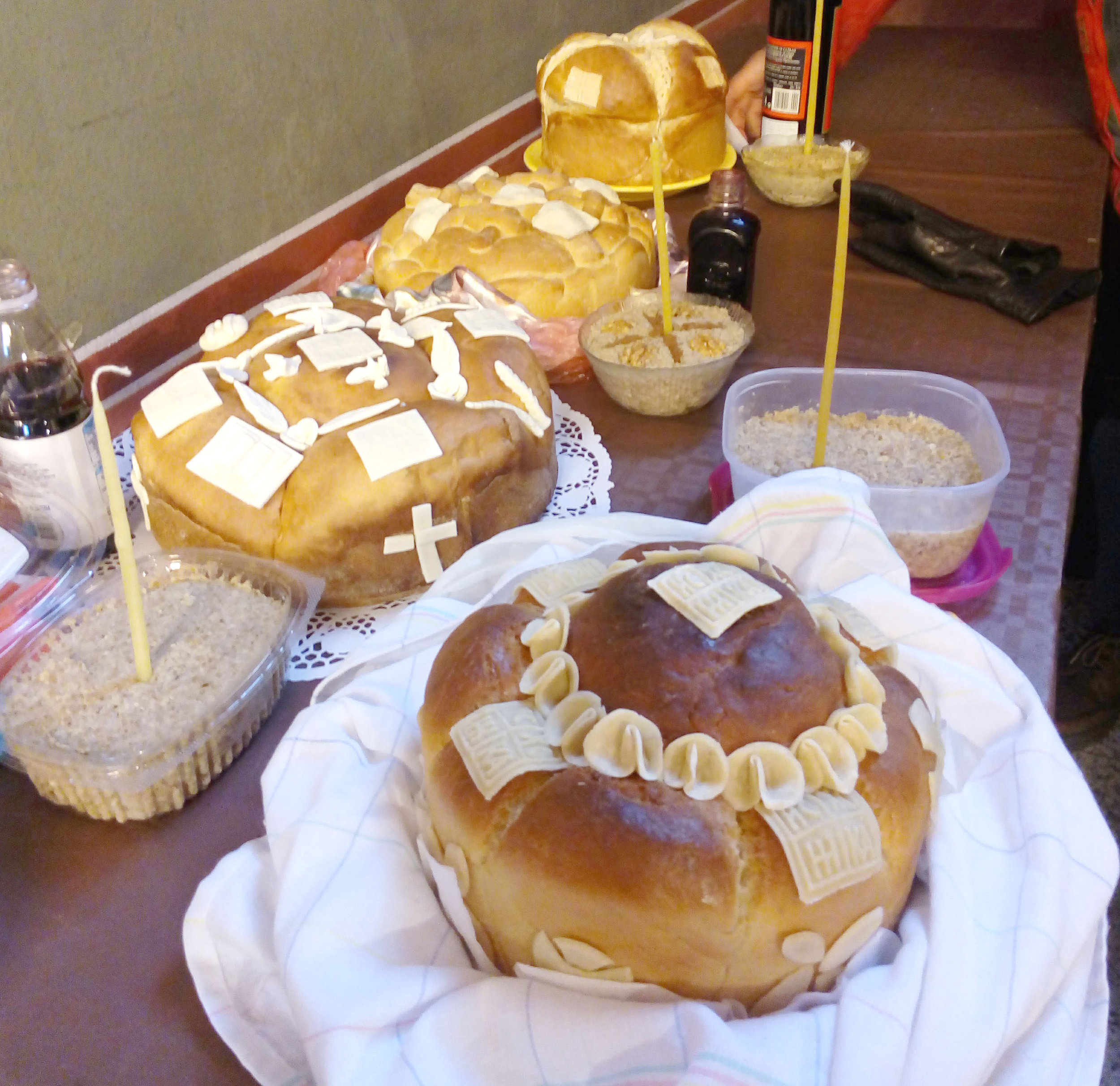
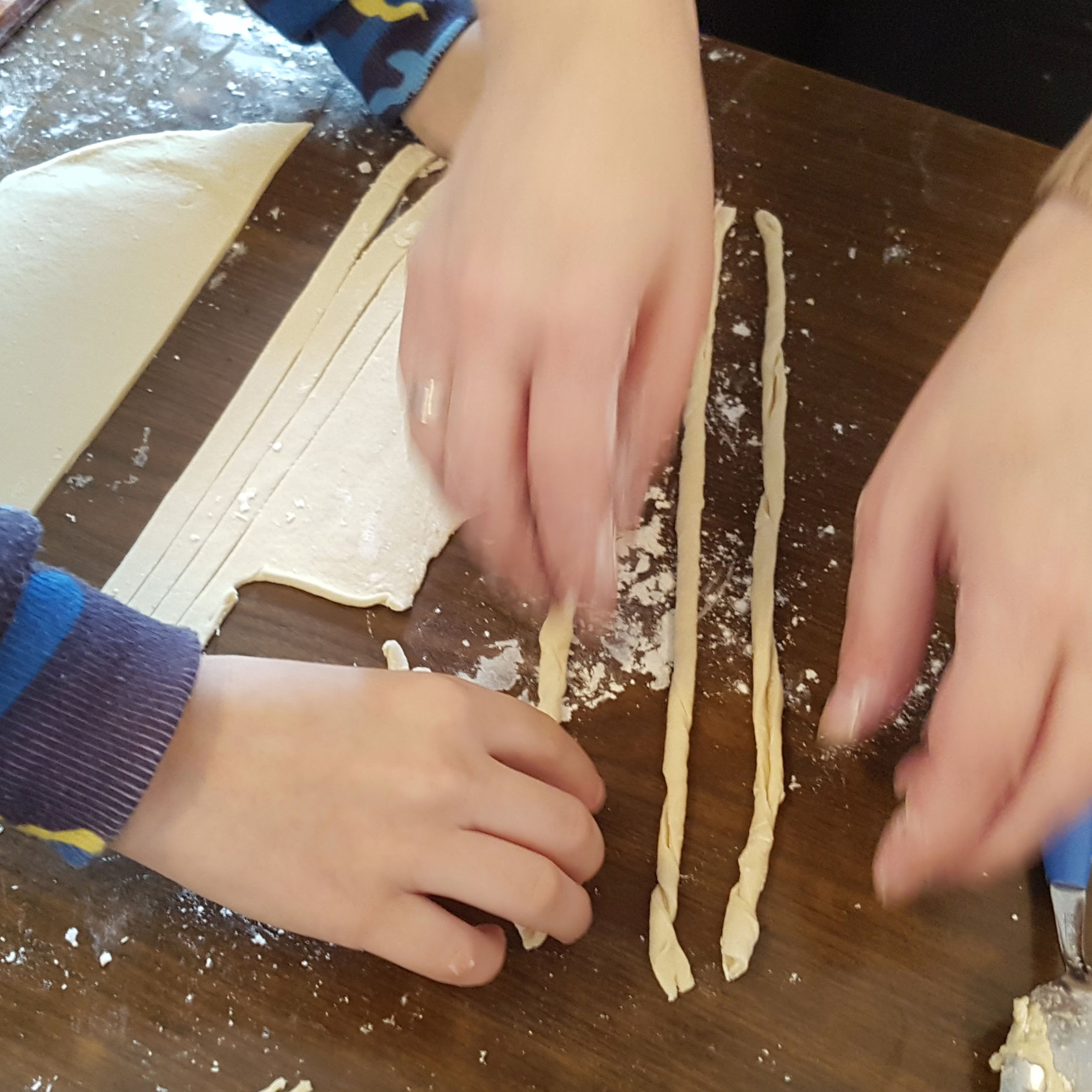
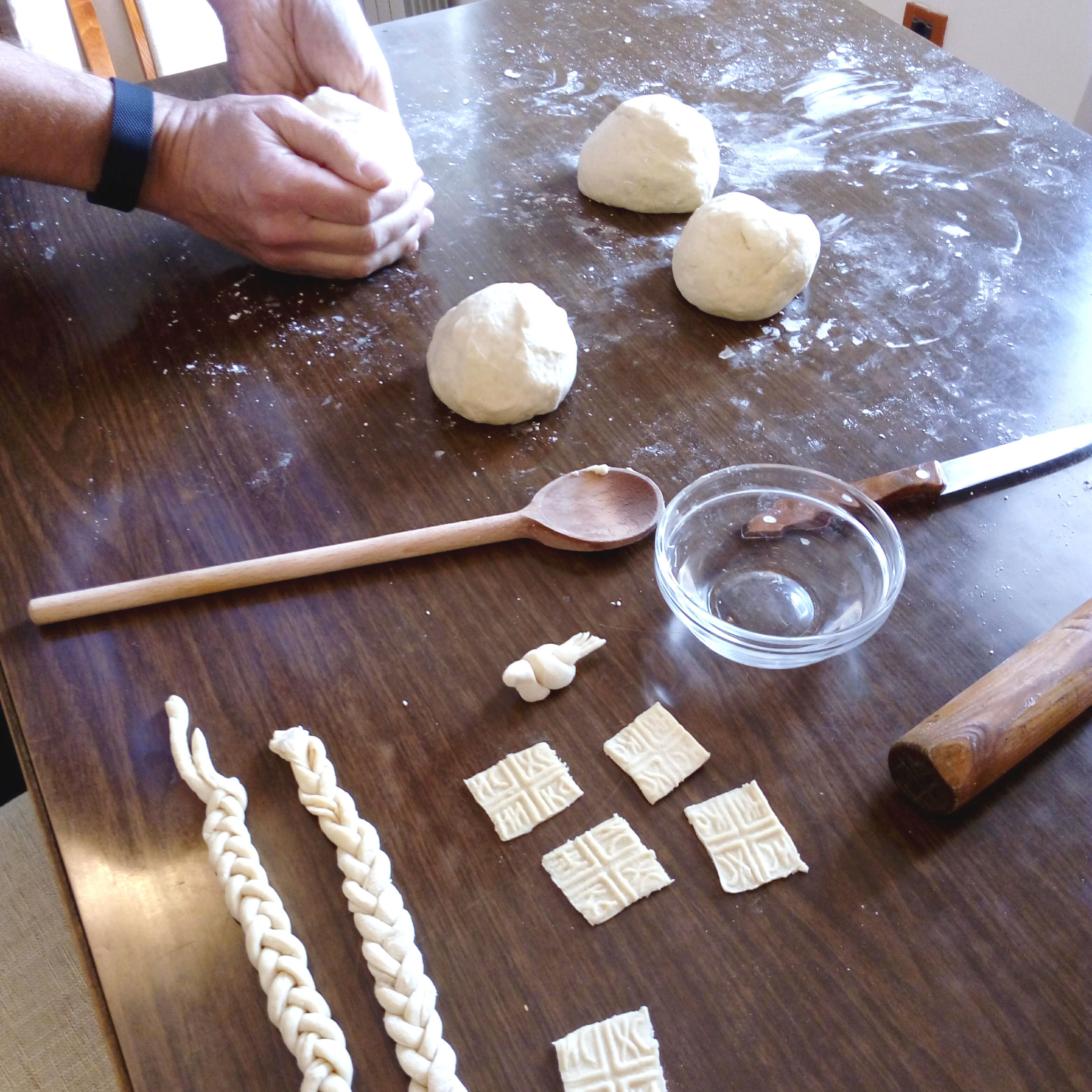






![St Sava Orthodox Church in Belgrade, Linocut by Ali Savic [5]](https://images.squarespace-cdn.com/content/v1/58dbf3a7893fc01cfcc6fa0a/1515392300290-6WKRTVB9D9QL32LSI8S7/St+Sava+lino+%2314+image.jpg)



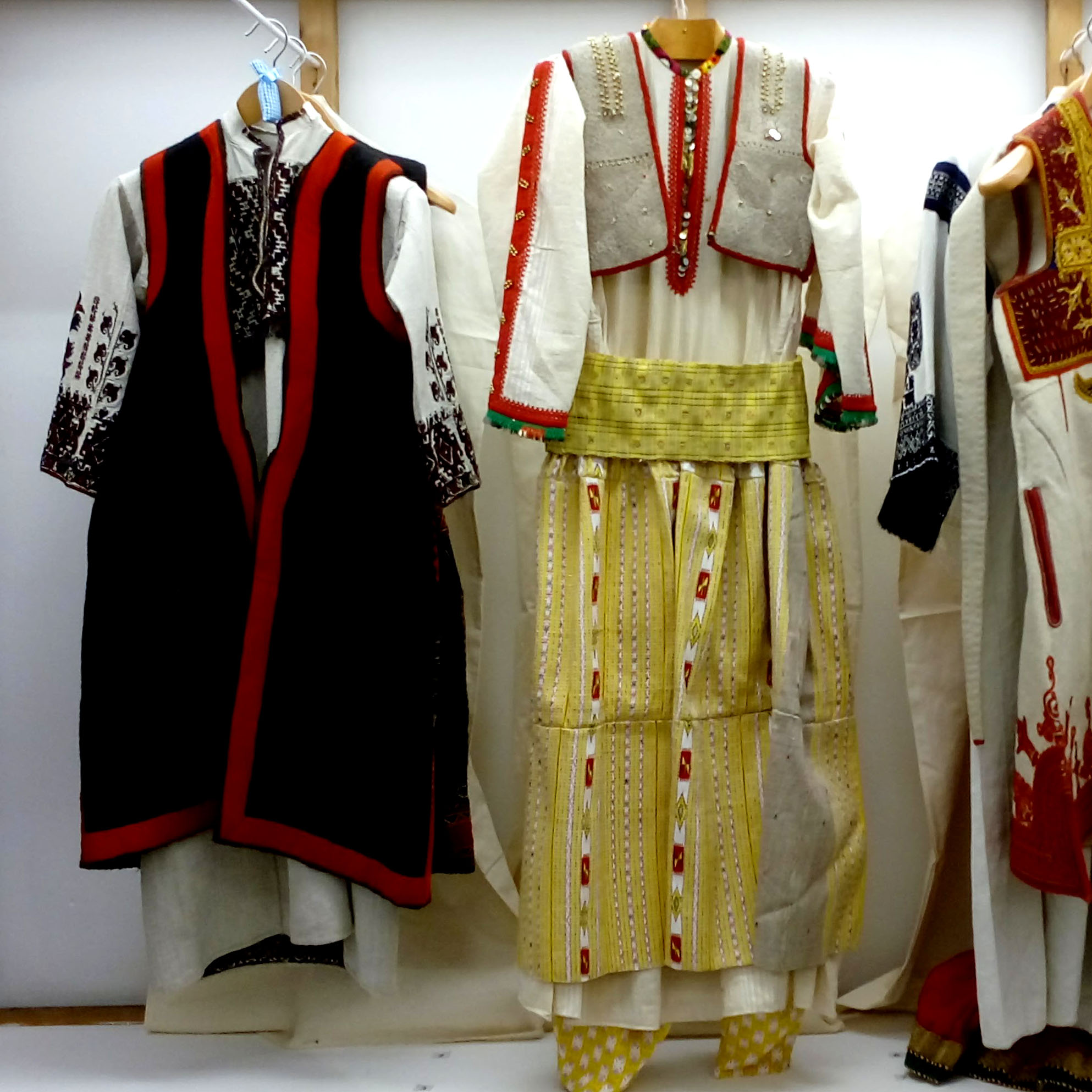
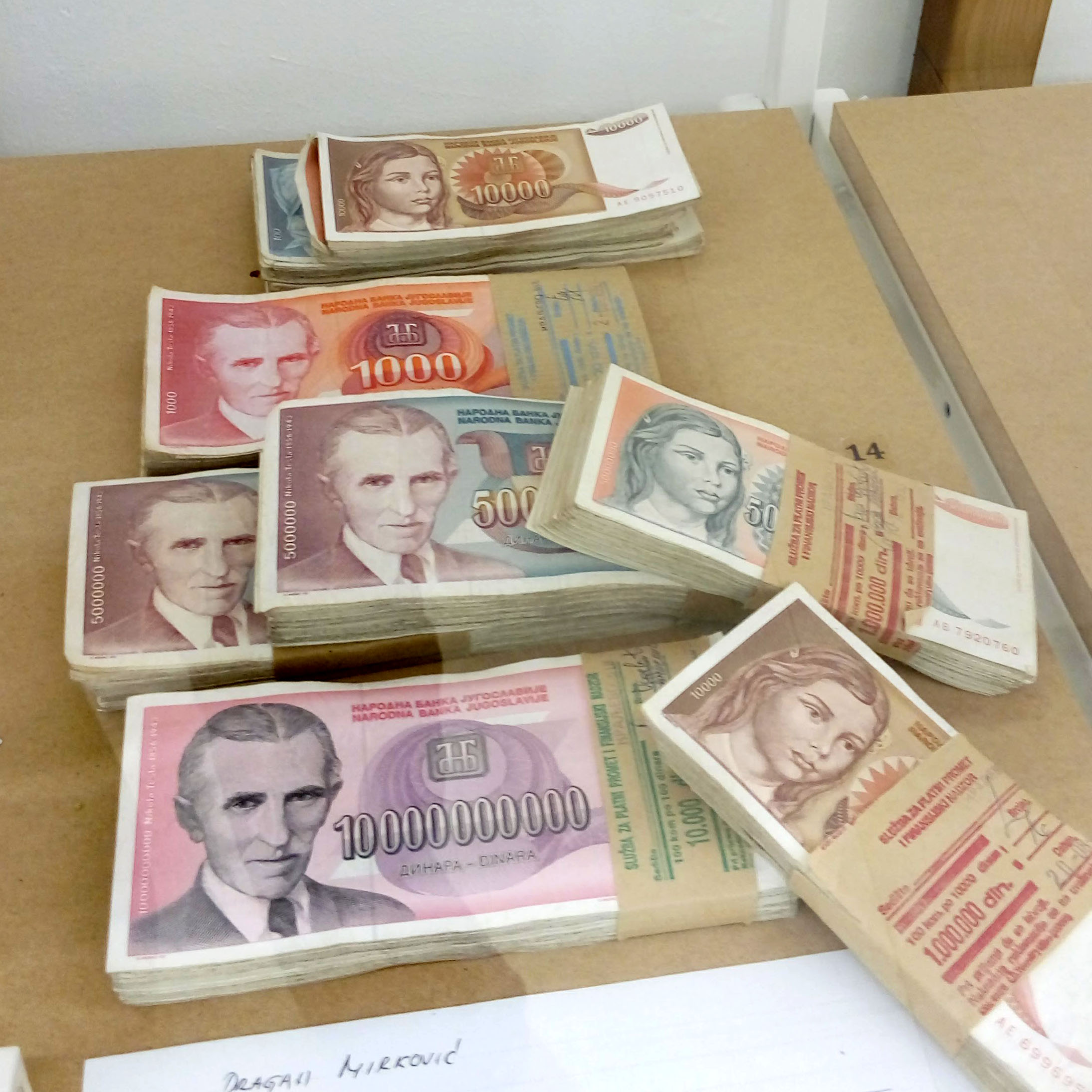
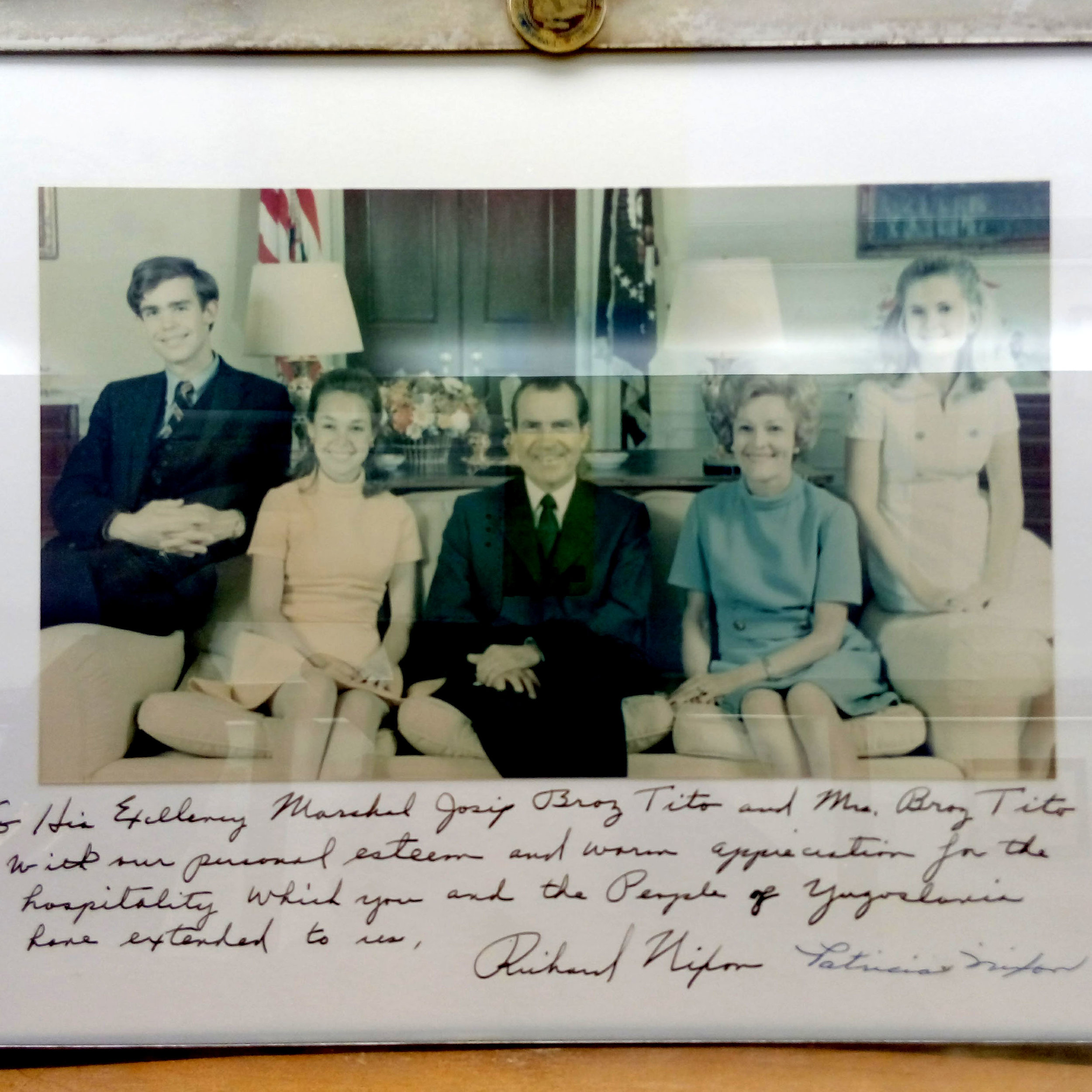


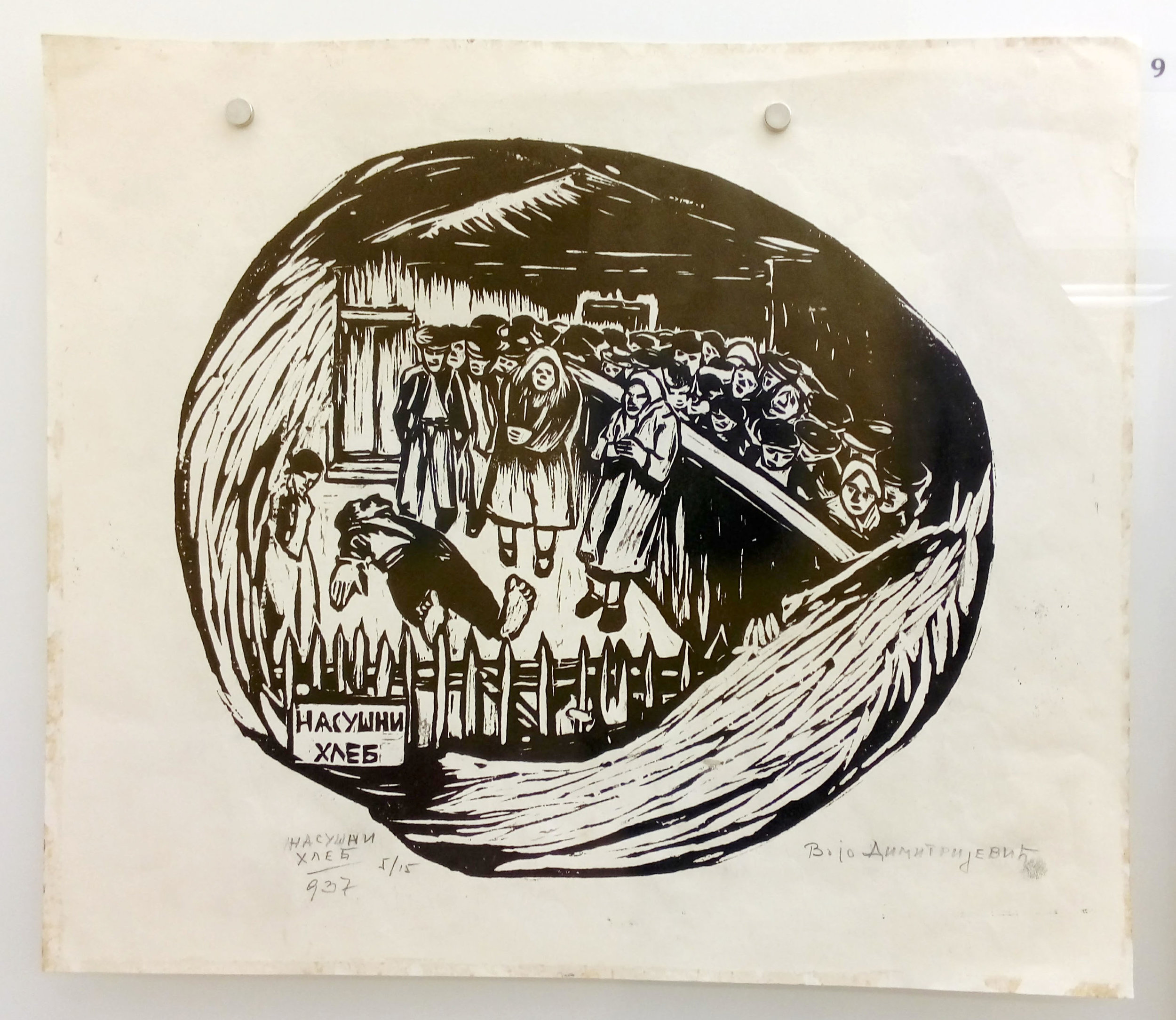
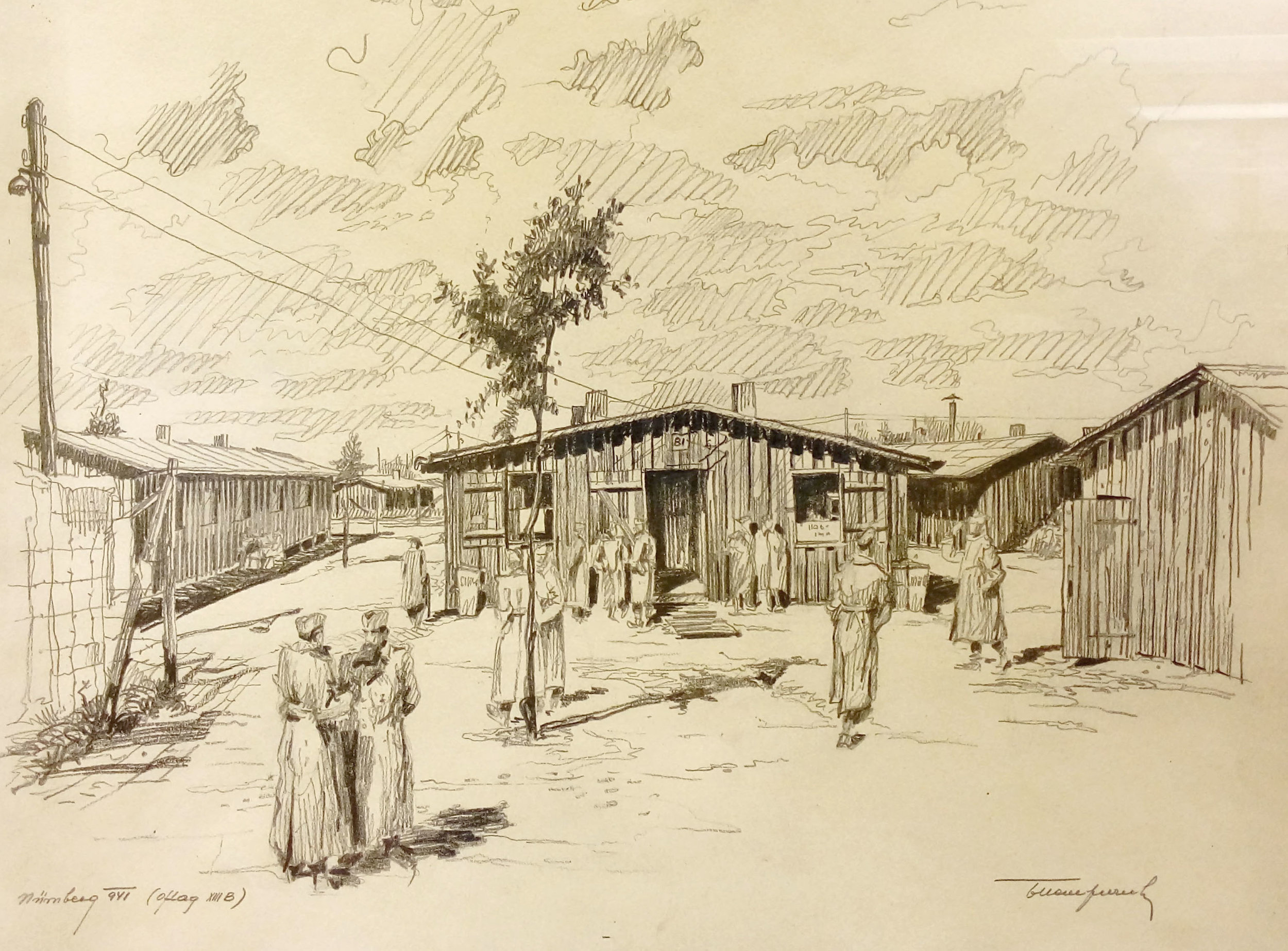
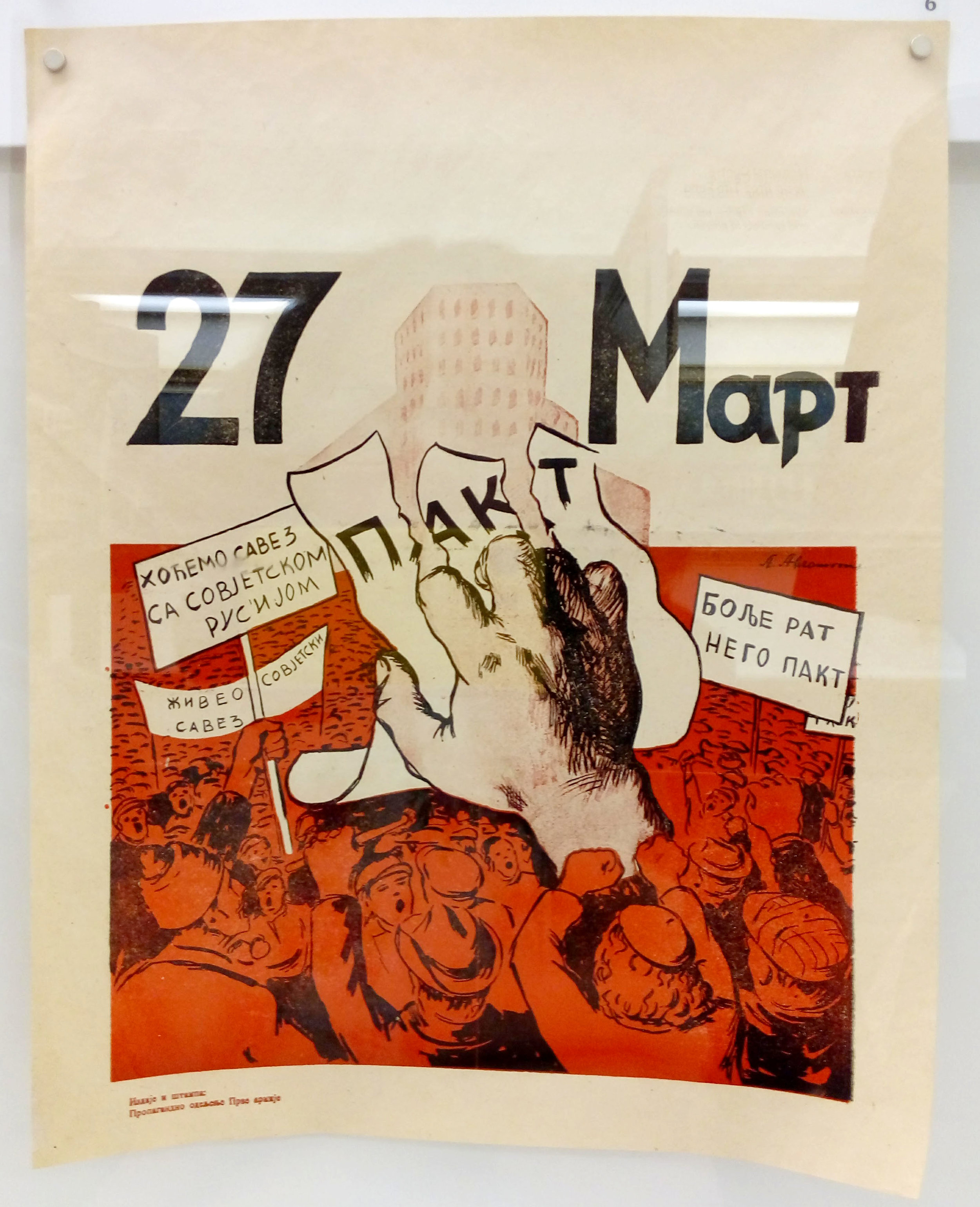
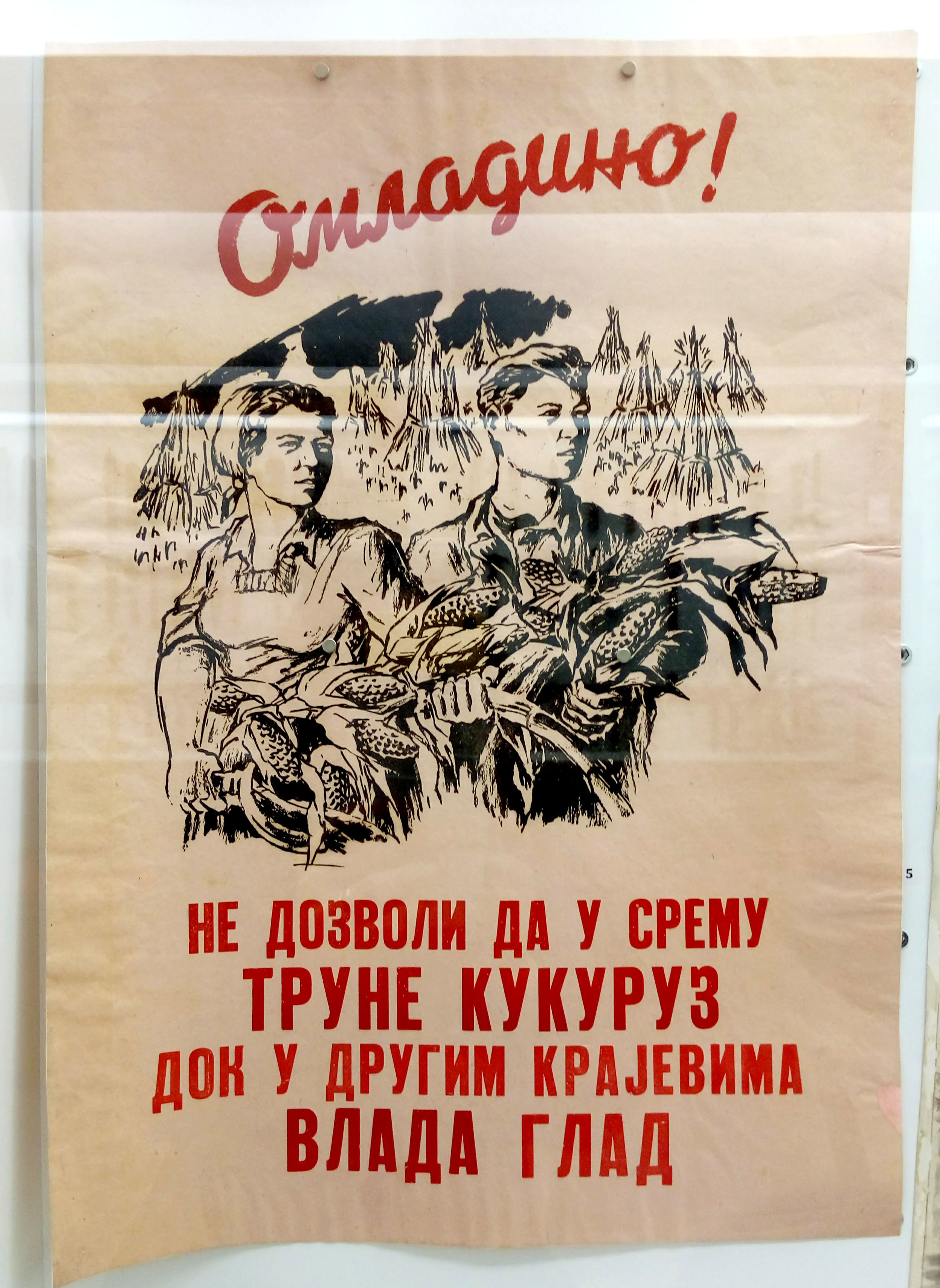


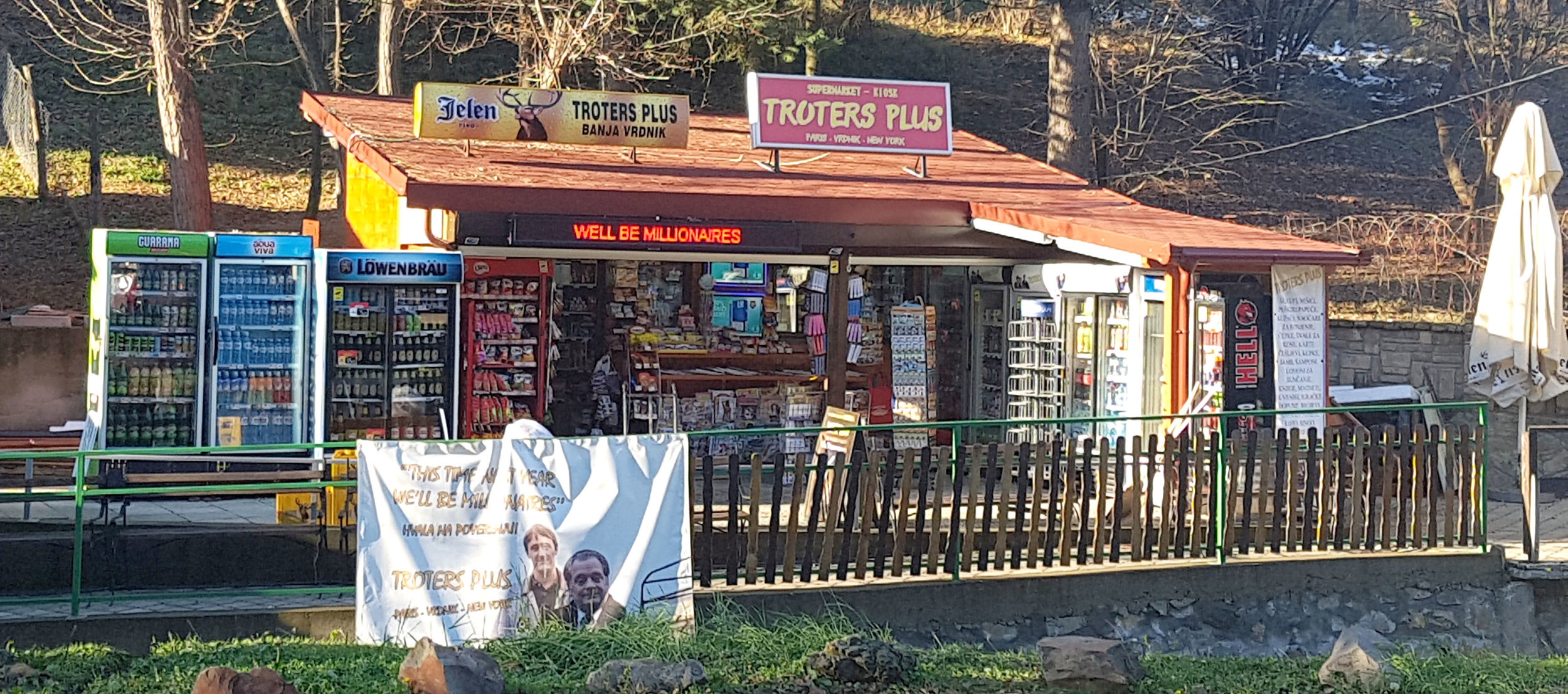

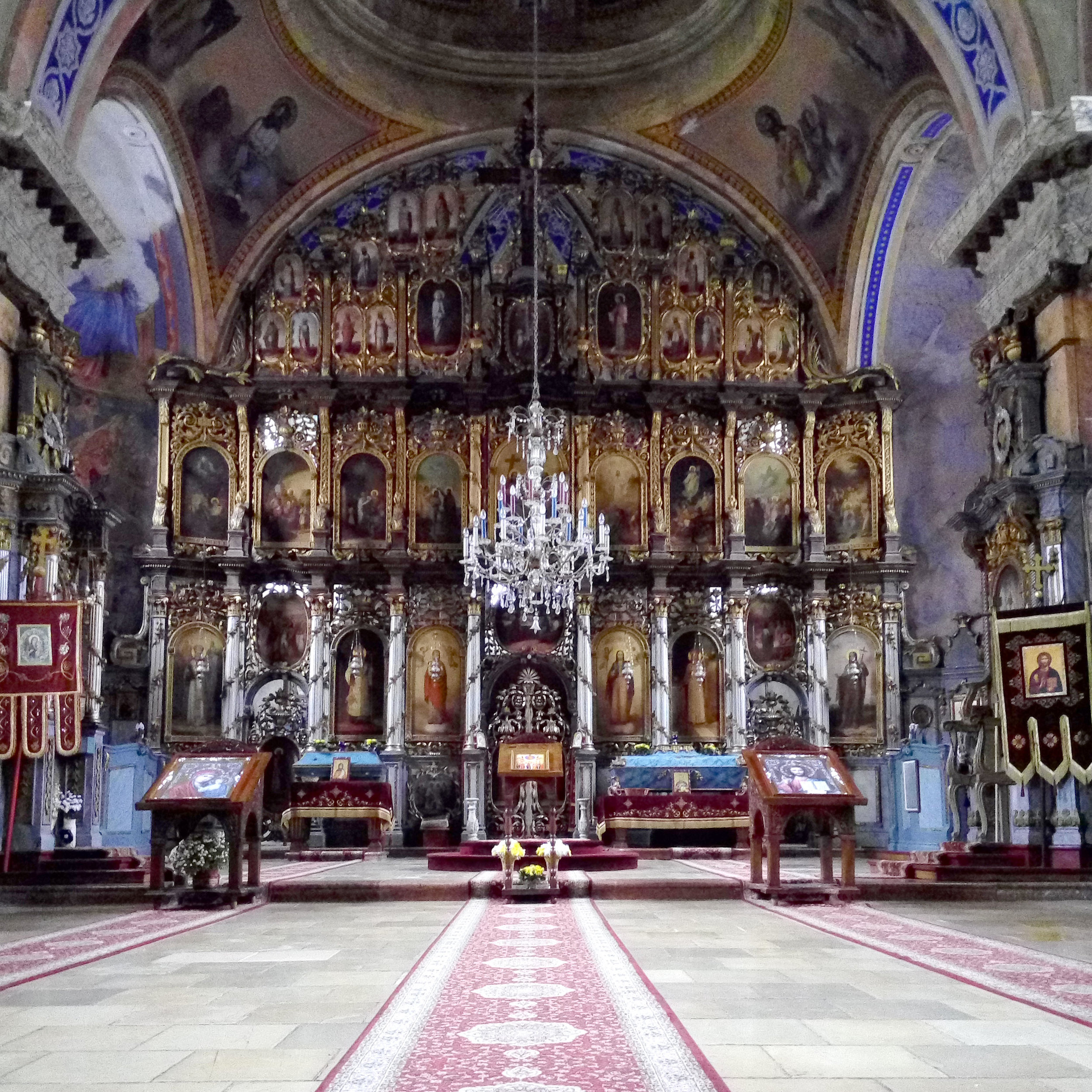
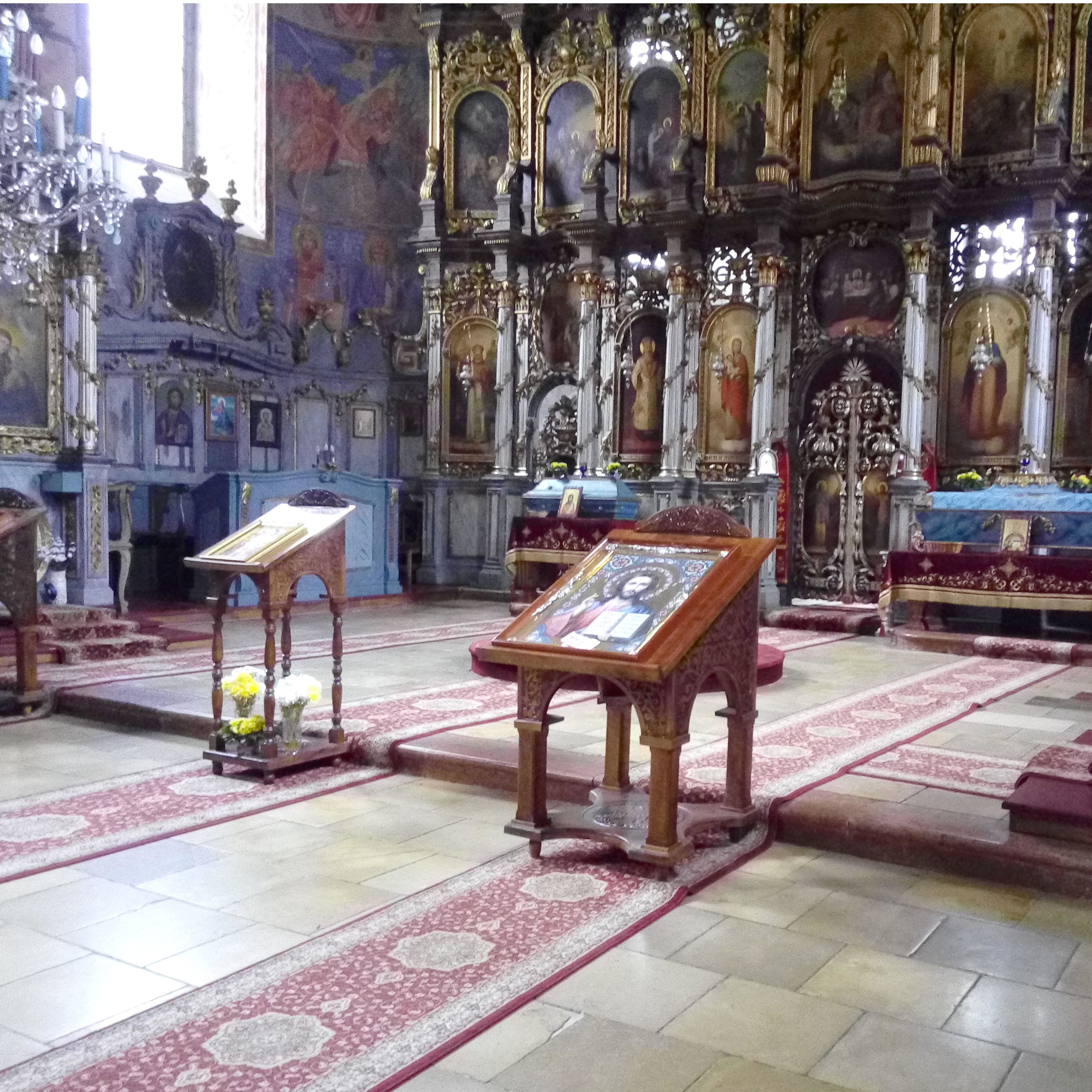
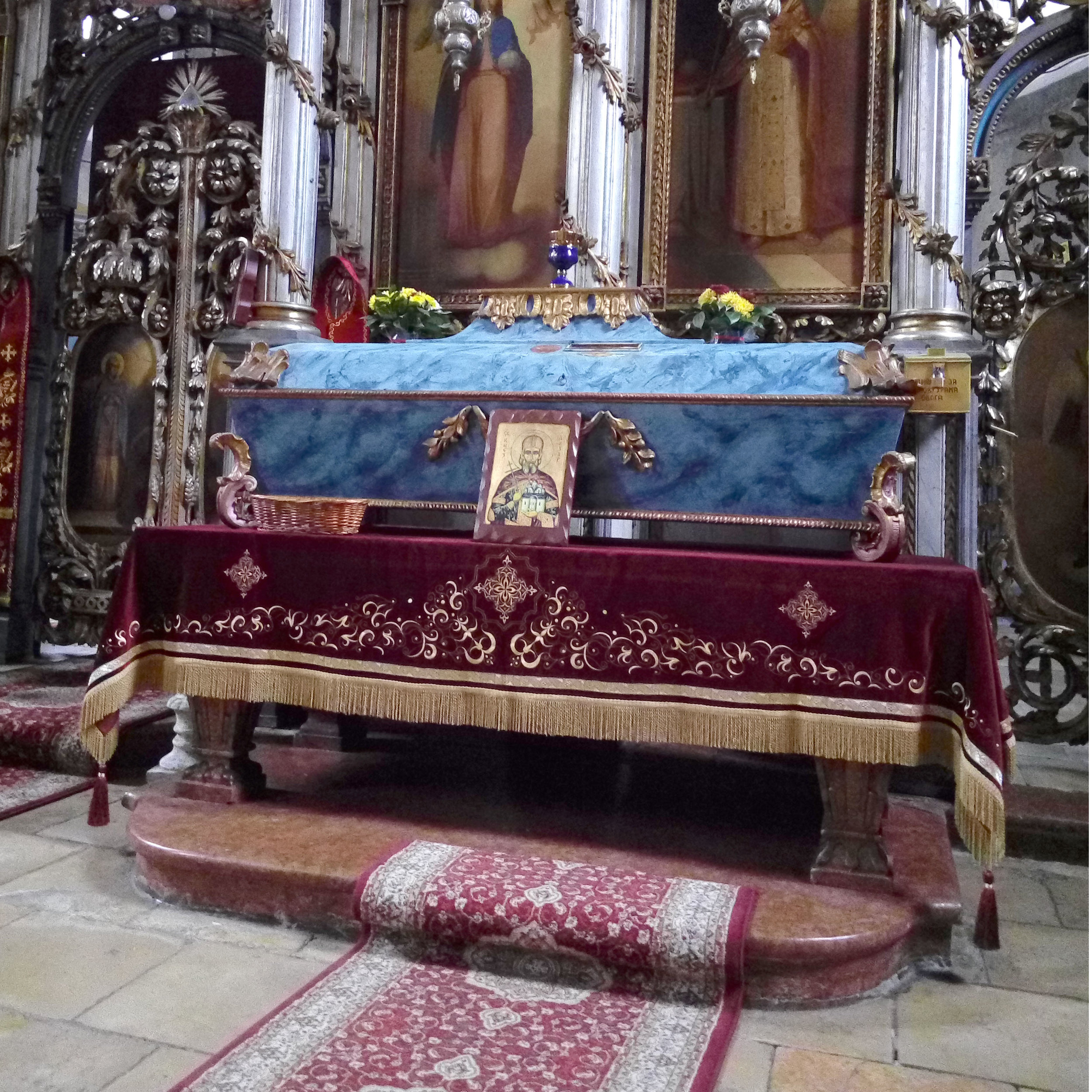
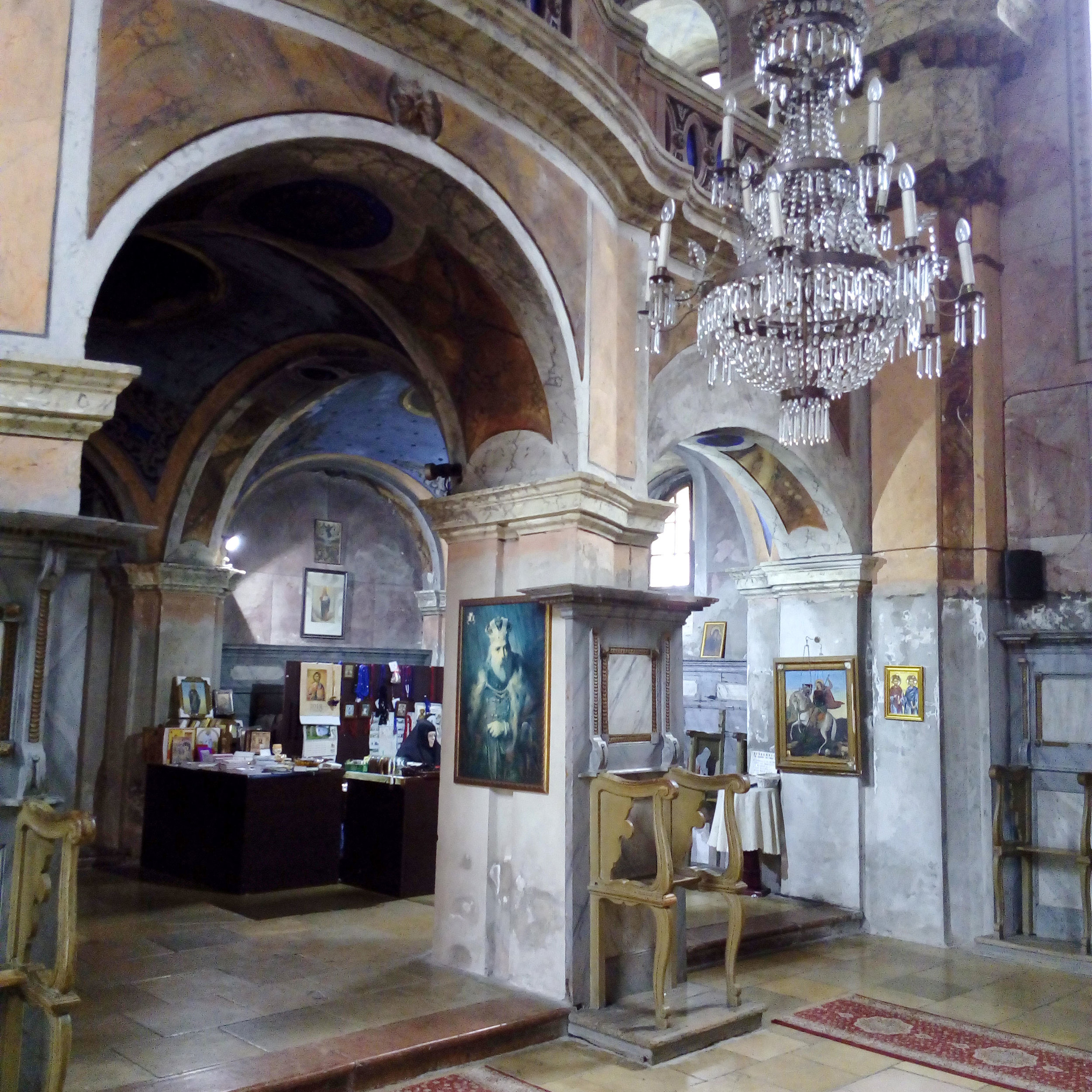



![Detail of Cityscape IV, Belgrade, monoprint by Ali Savic [1]](https://images.squarespace-cdn.com/content/v1/58dbf3a7893fc01cfcc6fa0a/1513027823872-E4S5TQGAPIT6DVLBUGGN/Cityscape+4+strip.jpg)

